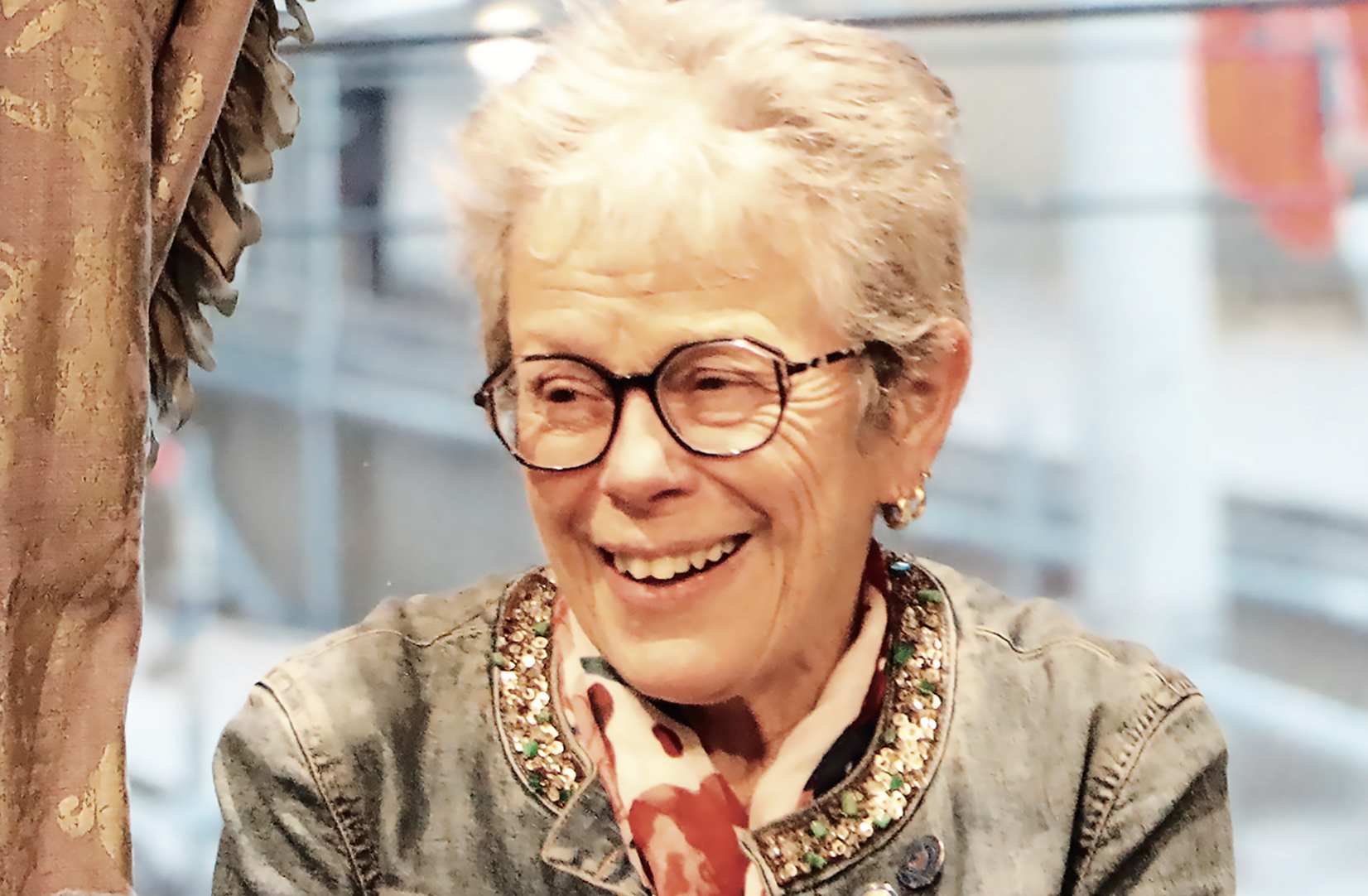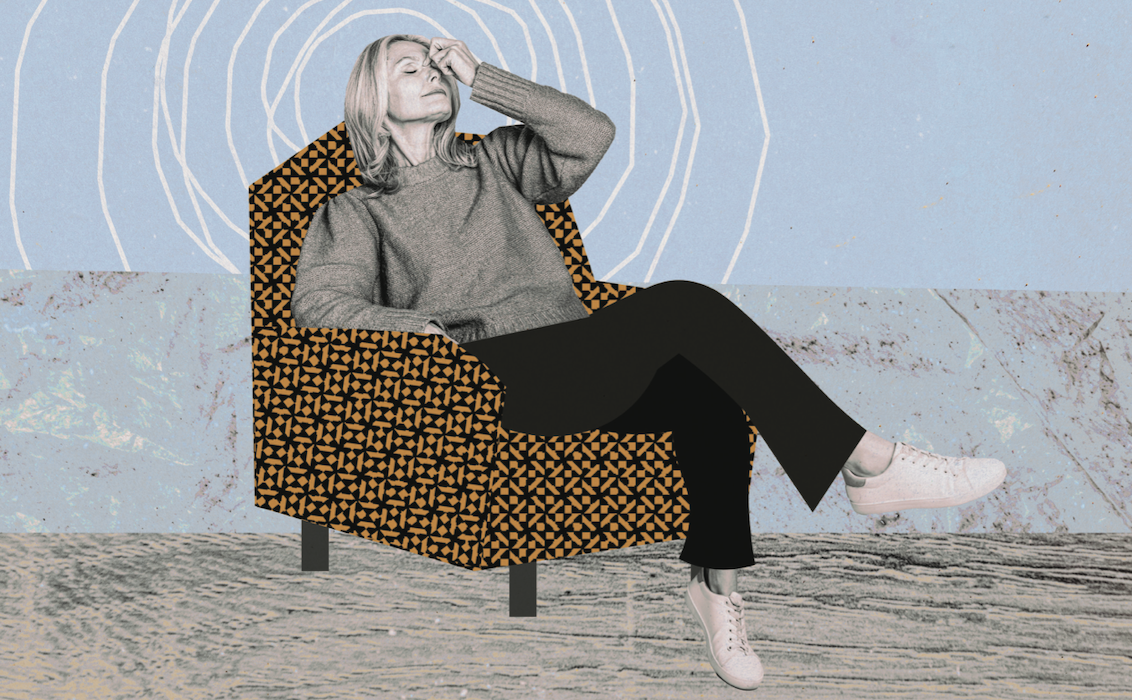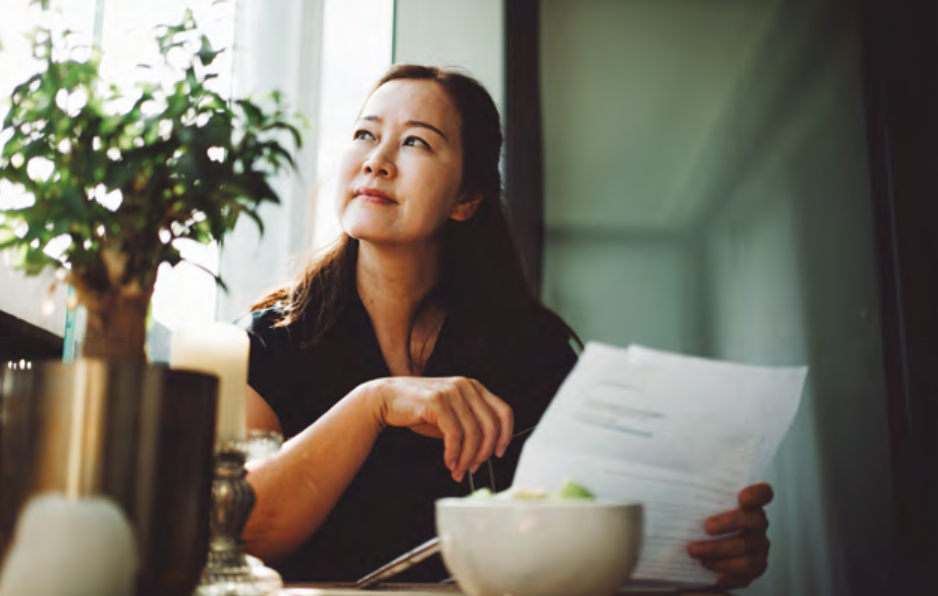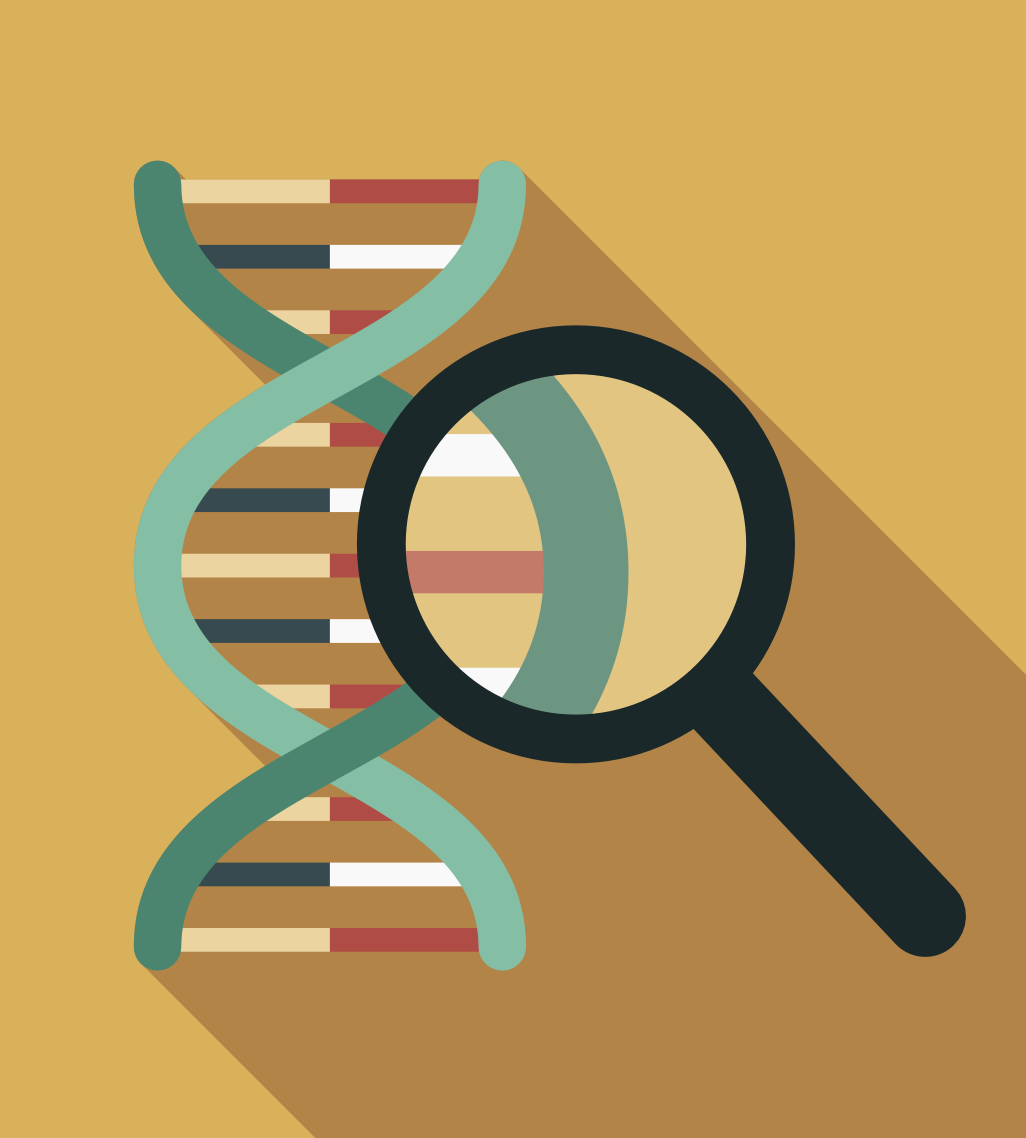When Canada legalized Medical Assistance in Dying—or MAiD—one Toronto physician’s life was changed dramatically
By Peter Feniak
Yolanda Martins had said, “You will tell my story.” Dr. Jean Marmoreo remembered the moment as she carefully administered the drugs that would end Martins’s life.
The Last Doctor (Penguin Canada, 2022), by Marmoreo and co-author Johanna Schneller, introduces the reader to Martins and her story and to the procedure called Medical Assistance in Dying, also known by the acronym MAiD. The book closely follows Martins and six others as they seek to end their incurable suffering, and it charts the challenging journey of a dedicated “MAiD-providing” physician.
The number of MAiD procedures increases each year in Canada. First legal in June 2016, MAiD brought “assisted death” to more than 31,000 Canadians within five years, according to Statistics Canada. In 2021, the requirement that a deeply suffering person be anticipating “a reasonably foreseeable death” was eliminated, and this spring, the procedure may (depending on political developments) become legally available for those with severe mental suffering. “These are really, really difficult issues,” Marmoreo says. “There are doctors and nurse practitioners who will say ‘This is beyond what I can do.’”
The personal stories of MAiD patients in The Last Doctor (subtitled Lessons in Living From the Front Lines of Medical Assistance in Dying) are compelling. So is Marmoreo, the voice of the book and a much-loved family physician who saw a duty in bringing peace to those in endless pain. Schneller describes her long-time friend as being of the “strong sort of Ontario farming stock.” “She was a nurse, she had her babies, she took her kids to med school with her,” she says. “She just moves forward. She’s this infectious force of energy. Jean is very no-nonsense, but she also has this warm empathy, and that’s a great combination in a doctor. She wants her life to have purpose. She’s on the side of ‘good can be done.’”
Comfort and Love
One of three daughters of the hard-working Bradt family, Marmoreo grew up on a farm in southern Ontario. She was a top student, but her family couldn’t afford university tuition. Then she discovered a bursary for nursing education at McMaster University and found her calling. Nursing led to medical school and a sterling career in family practice and obstetrics. (She delivered hundreds of babies at Toronto’s Women’s College Hospital.)
Marmoreo was past retirement age when the Supreme Court of Canada legalized Medical Assistance in Dying. She recalls her immediate reaction: “I knew it in an instant. I think I had such a ‘felt obligation’ and guilt from 45 years of patients who I knew were withdrawing from my care, who I know took their own lives and would not ask for help. But we’re not stupid. We know that people find ways and means to have the kind of end of life they want—especially if the road ahead for them is suffering and a terrible end. I don’t know that there’s a physician out there who hasn’t had to turn away from somebody in their need.”
For Marmoreo, MAiD is part of a doctor’s “mission of care” from cradle to grave. Though her immersion in MAiD would eventually become overwhelming, her initial plan was simple and clear. “I would discover why a patient was asking for assistance to die, and why now?” she writes. “I would ferret out any other possible options…I would delve into their histories, confer with their doctors…I would see them, and hear them and help them. And when that course was run, when the reality of decline and suffering dictated, and the choice was clearly in their hand, I would step in to end their lives.” (MAiD patients must offer their final consent “in the moment.”)
Canadian physicians had seen the global growth of MAiD. It began in the Netherlands and Belgium in 2002. More recently legalized in New Zealand, Spain, and individual states in Australia and the United States, MAiD remains controversial. Religious groups and advocates for the disabled argue against it. Catholic hospitals don’t allow the procedure. Now, with life expectancy longer and a growing elder population, end-of-life decisions are engaging patients, families, and our health system across Canada.
“Done well,” Marmoreo writes, “MAiD is an act of comfort and love.” We hear of “the good death” by assisted dying—release for a deeply suffering patient, surrounded by family and friends in an atmosphere of peace and compassion; Martins’s was a good death. Her dynamic life had collapsed into the pain of a rare lung disease known as LAM. Constantly exhausted, with her once-abundant energy gone, she spoke to Marmoreo plainly: “This is my path. I’m going to die from this disease. There’s no saving me from it. The only question is: ‘Will I have a peaceful death or a terrifying one?’” When, finally, the time for her “provision” had come, Martins declared, “I’m surrounded by love and peace, and I’ve never felt more sure of my decision.”
Is a MAiD provision always harmonious? “Oh, gosh, no,” Marmoreo says.
Requests for MAiD are reviewed carefully over time. Each case is complex and different, and the stages of approval are slow and deliberate. As a providing physician, Marmoreo listens and remains focused. “We involve pastors and ministers, inspectors, everybody along the way to show that this is, in fact, what the person is really wanting,” she comments. “But once we know that, if family members are objecting…they can object, but they don’t determine.”
The stories of patients in The Last Doctor include the wealthy and the poor. There are satisfying procedures, and there are fighting families and administrative roadblocks. There is contentment and rancour. One patient, his request denied, attempts suicide. Another, “in endless pain and extreme loneliness,” finds comfort as estranged family members return to embrace him a last time. And sometimes grievances remain unhealed. Of one patient’s decision to die, Marmoreo writes, “she found a dignity that was not available to her when she was facing a lonely, frightening death. It’s one reason I can go on providing it. MAiD takes away someone’s life. But first it gives it back to them.”
Schneller, whose writing credits range from Globe and Mail columns to Vanity Fair, did hard journalist’s work as co-author: “getting to know the families a little bit, talking to them about their loved ones, learning why they made their choice,” she says. “Jean kept immaculate notes on the patients she provided for. She had very strong recollections. We would marry those two things together.”
To Schneller, the MAiD she grew to know (and, in Martins’s case, witness) revealed an “unbelievable amount of bravery” in both patient and doctor: “Jean has to be that for every single patient. She prides herself on being someone who just gets on with it. But it makes sense that on the human level, a person is going to crack a little bit.” Everywhere in Canada’s health system, we hear of breakdowns and burnout. In Vancouver, it happened to Marmoreo, and, Schneller says, “it surprised her.”
Burnout
Canadian physicians—under provincial direction—have had a learning curve with MAiD. Many joined a loosely organized national body, the Canadian Association of MAiD Assessors and Providers (CAMAP). That connection became a valuable service to those providing MAiD. “Late into the night,” Marmoreo writes, “I’d be reading more than a dozen replies to a question. Not yes-or-no [answers but] long, considered, nuanced discussions.” Shared knowledge became “a pillar of support that [she] counted on.” But a quiet reality was also emerging for the physicians—the accumulated burden of taking life.
Arriving in Vancouver for CAMAP’s third national conference, Marmoreo felt something was wrong: “Why was I feeling so flat?” On the first morning of the conference, the final speaker challenged her audience of doctors and nurse practitioners. Dr. Andrea Frolic, a medical ethicist, reminded them that their critics decried MAiD as assisted suicide, and even manslaughter. She reminded them that MAiD is “high-risk medicine.” “If you don’t take care of yourselves,” she warned, “the system will fail.”
As Frolic concluded, Marmoreo was feeling those challenges deeply. She approached the podium to engage the speaker and found she simply couldn’t speak. This gifted, confident doctor turned and rushed from the conference room in tears. The gregarious, “indefatigable” physician withdrew into a shell.
“I didn’t know what was happening to me,” she says today. “I understand burnout a lot better now, seeing people walk away because they have nothing left to give.”
Over three weeks of living with dread and sorting her thoughts, Marmoreo found a path to recovery. She looked hard at what she had been doing. “I was carrying a lot of patients,” she writes. “They all came with a kind of weight. Carrying files for weeks or months led to a deepening involvement…maybe deeper than was warranted.” Ultimately, she says today, “I found my footing. Stepping back, I was able to put the gas back in the tank, you know. But I also recognized that I’ve got limits.” She shares a truth about “a doctor’s approach”:
“I think all physicians are trained very well to detach. You can’t kind of fall apart at every single tragedy you’re dealing with—you would never be able to do your work. You just don’t realize that there’s a cost to that. You feel the job is to bring life, to give life and to keep life going. Suddenly with MAiD, the job is to take life. It’s a different contract, I guess. I sure didn’t know what it was taking out of me, until it was almost too late.”
Marmoreo has reduced her MAiD case-load, but she maintains her strong belief in the procedure. The Last Doctor ends with her many “Lessons Learned”: “I don’t think of MAiD as ending a life,” she writes. “I think of it as honouring it.” She believes family doctors must commit to the procedure.
A vigorous 80, Marmoreo has a full life. She plays with her grandchildren and takes on outdoor adventuring with her second husband, writer/influencer Robert Ramsay. “I’m actually not the kind of person who can say ‘It’s time to stop and smell the roses,’” she smiles. And she has also discovered another pathway to continue her mission of care: “I go to the Northwest Territories for intervals,” she says as we end our talk. “I just do basic primary-care medicine again. And I am so happy. It was like going home. It was like, ‘Boy, did I need to do this.’”






